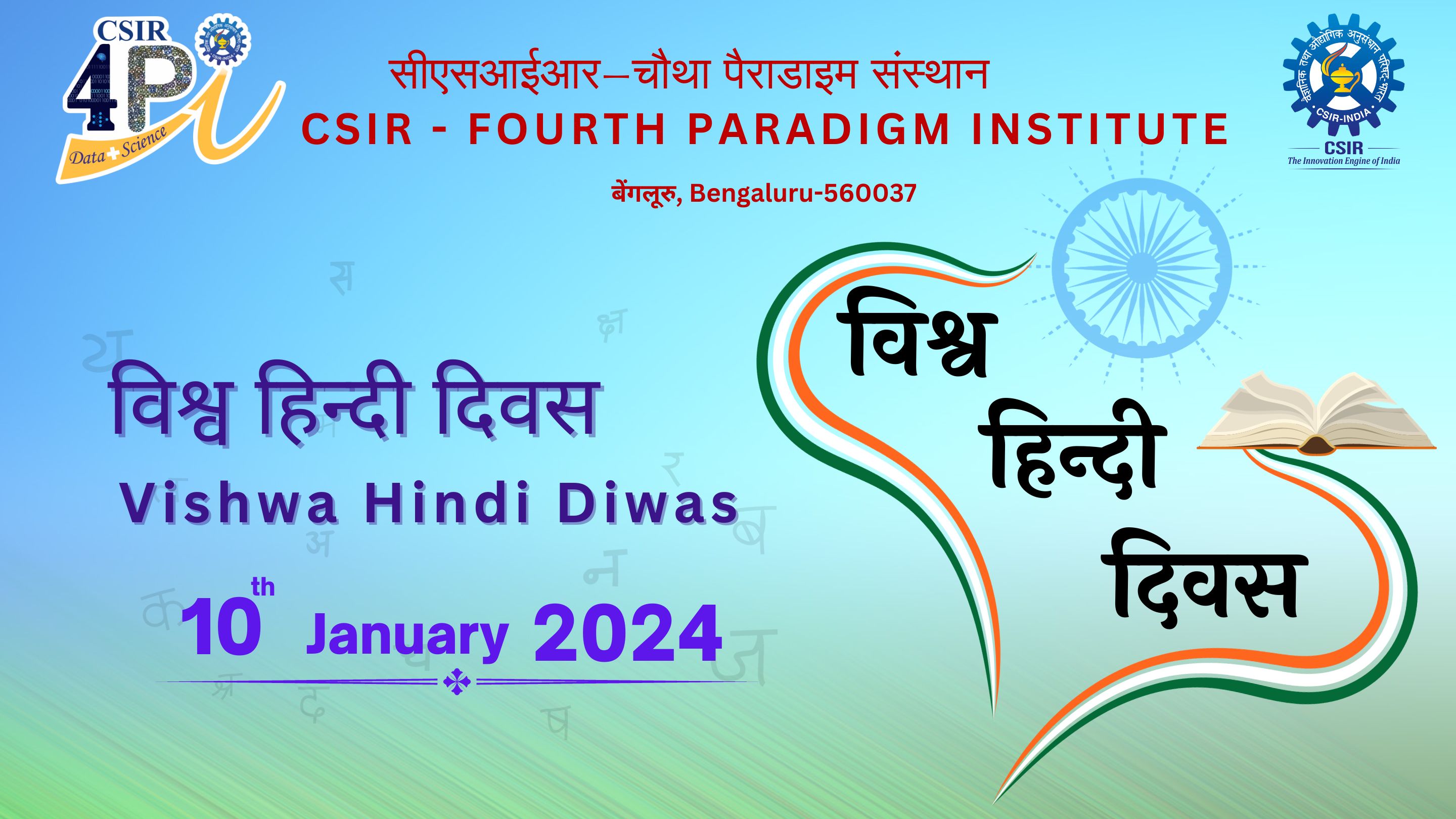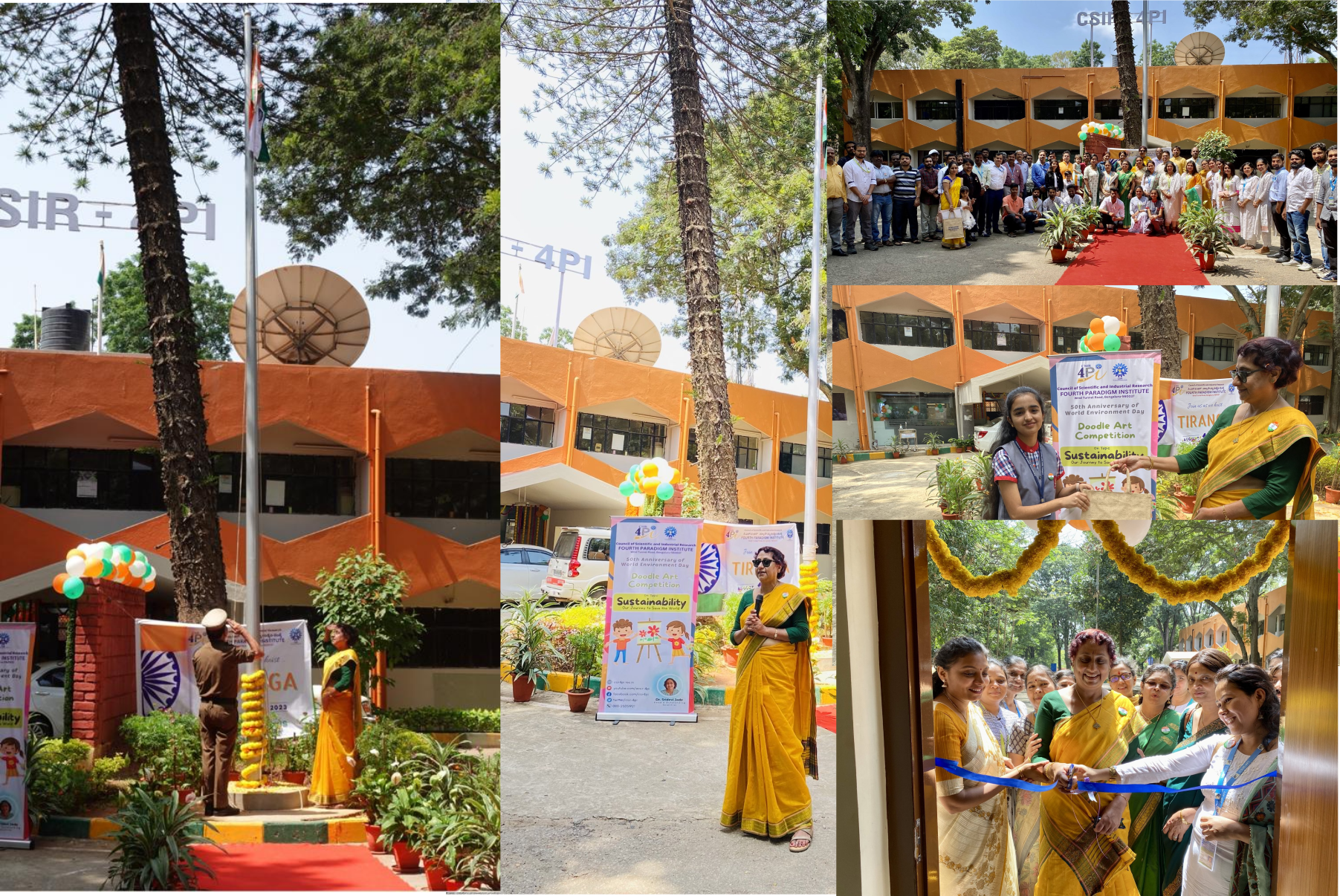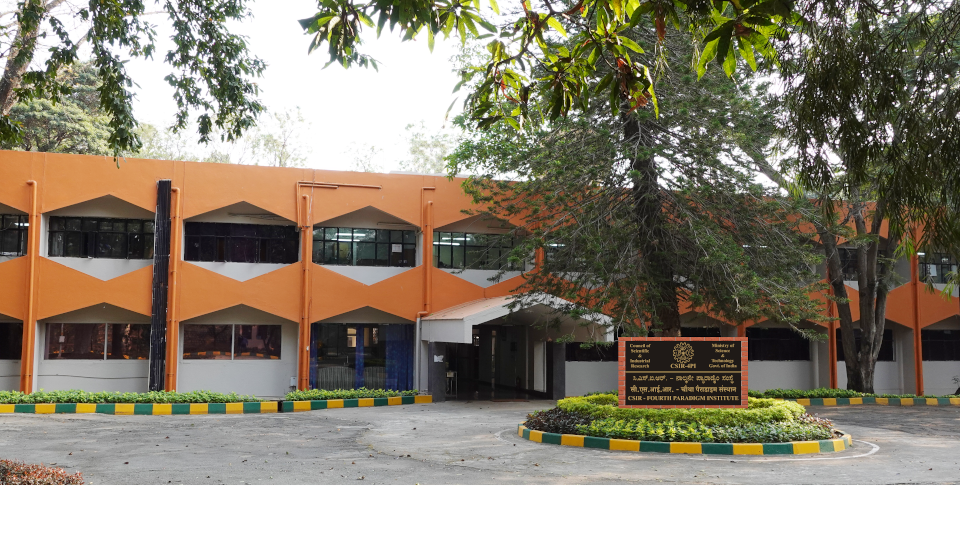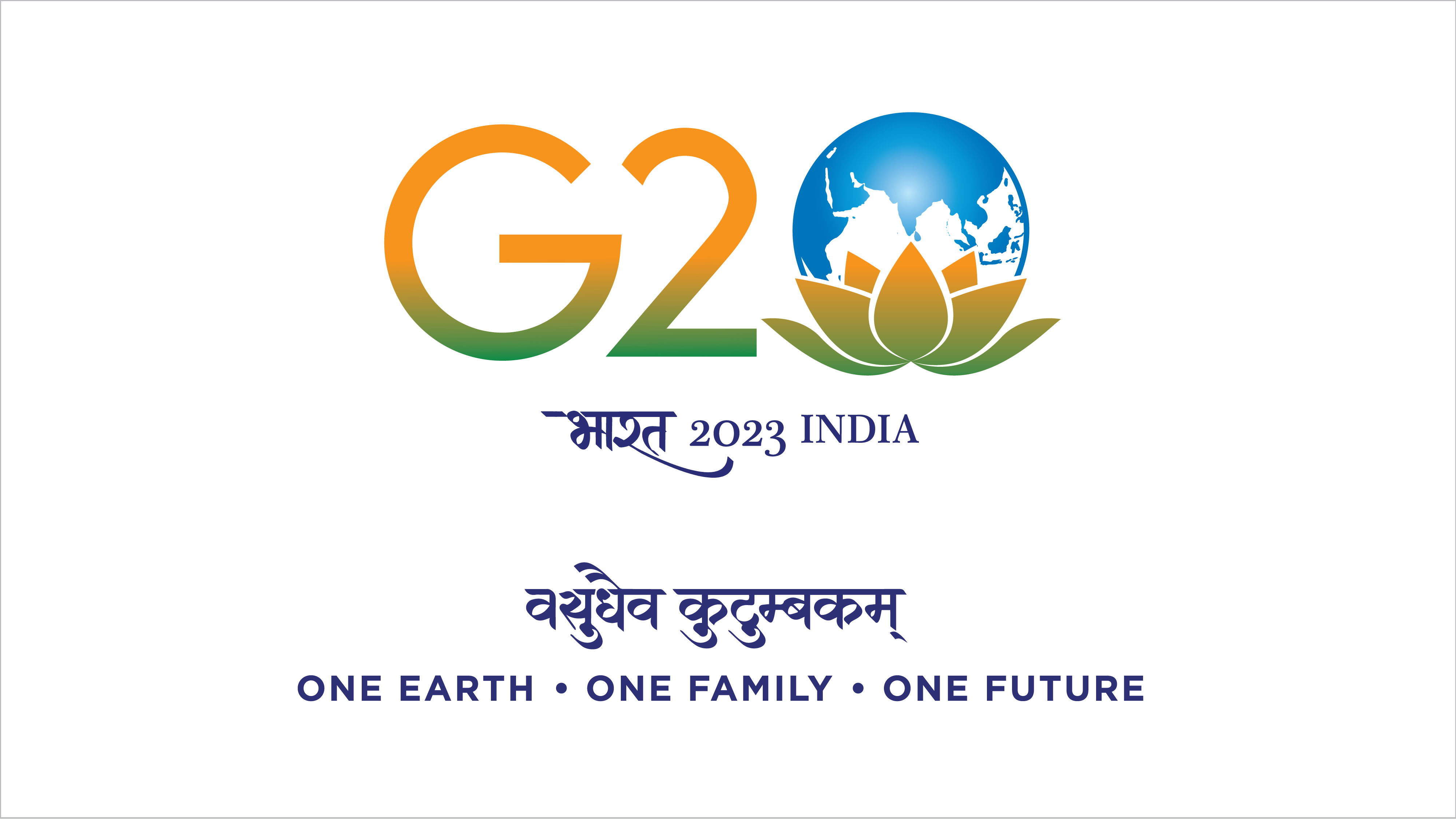by Shantikumar S.Ningombam, Sethulakshmy E.S, SrideviJade, T.S.Shrungeshwara, Chiranjeevi G.Vivek, Dorje Angchuk, T.P.Prabhu and Tashi Tshering Mahay
The present work reports atmospheric opacity at 220 GHz over Indian Astronomical Observatory (IAO)-Hanle during 2006 to 2018. The opacity data were derived from the radiometric measurement of sky-brightness temperature as a function of zenith angle for every 10 min during day and night. Since the operating frequency range is not completely opaque during rainfall or cloudy atmosphere, observations are performed even during rainfall or cloudy sky conditions. The minimum opacities observed at the site varied from 0.06-0.07 at 1st quartile and 0.08-0.09 at 2nd quartile during December-January. Opacity at Hanle is linearly correlated with high temporal resolution GPS (Global Positioning System) Precipitable Water Vapor (PWV) with a correlation coefficient of about 0.8. The observed median opacity at Hanle has increased by 44% during the best observing months (October–March) and 24% over the annual data (October-September) with reference to the opacity observed during 2000–2003. Such increasing opacity trends are apparently due to effects of the dynamics of the regional and global hydrological cycle. In order to assess the impacts of the regional and global hydrological cycle, PWV obtained from AErosol RObotic NETwork (AERONET), satellite and reanalysis data were studied at nine high-altitude astronomical observatories spread spatially across the globe such as Atacama desert in Chile, Mauna Loa Observatory in Hawaii, Hanle and Merak in India, Ali and Yangbajing Observatories in Tibet, LLAMA in Argentina, and Dome A and Dome C in the Antarctic Plateau during 2003-2018. On an average, PWV trend over Atacama desert is increasing by 0.01 to 0.03 mm per year and at IAO-Hanle, Merak and Ali by 0.01 to 0.05 mm per year, indicating non uniform dynamic hydrological cycles. Interestingly, there is no noticeable PWV trend for the sites located in the Antarctic Plateau. During the four best observing months, PWV observed at Hanle, Merak and Ali sites have values lower than the Mauna Loa observatory by 0.14 mm and 0.56 mm at 1st and 2nd quartiles, respectively.
Source: https://doi.org/10.1016/j.jastp.2020.105404


































